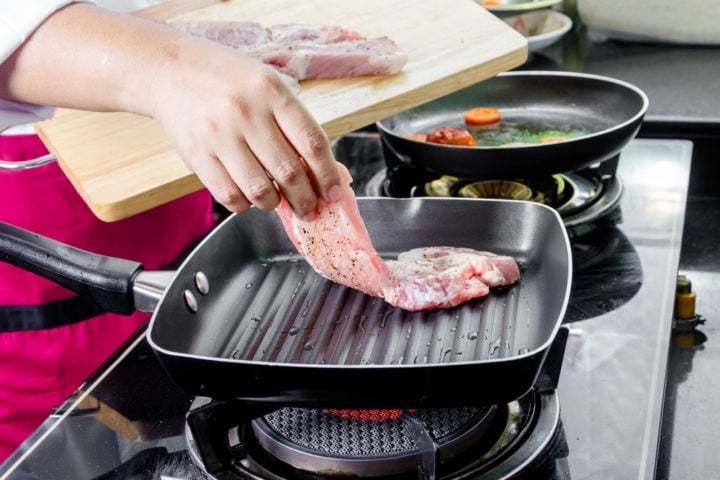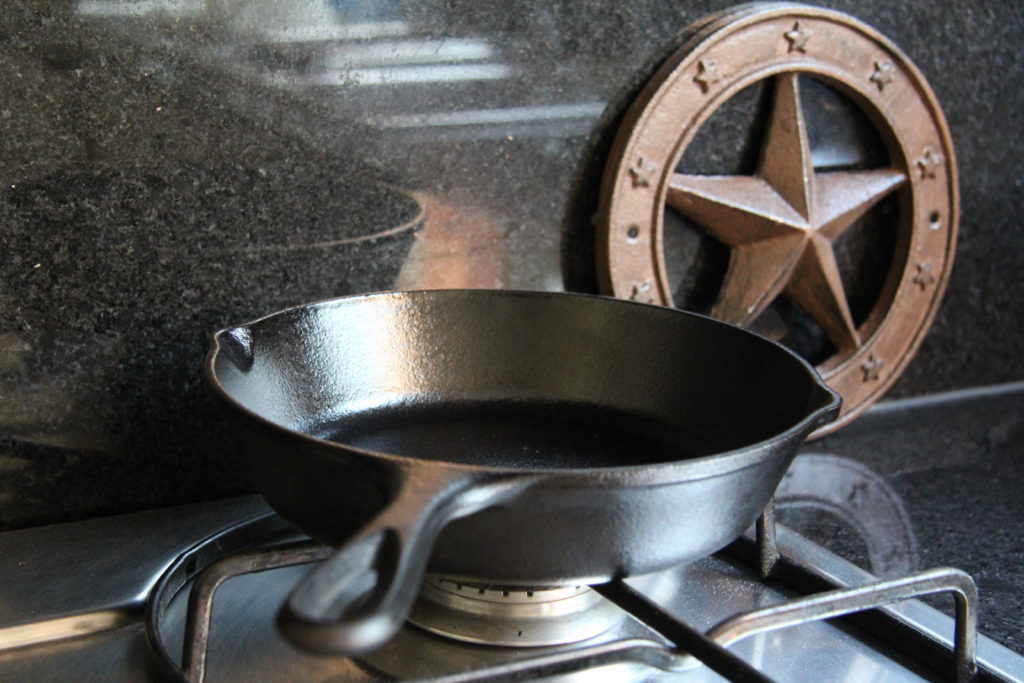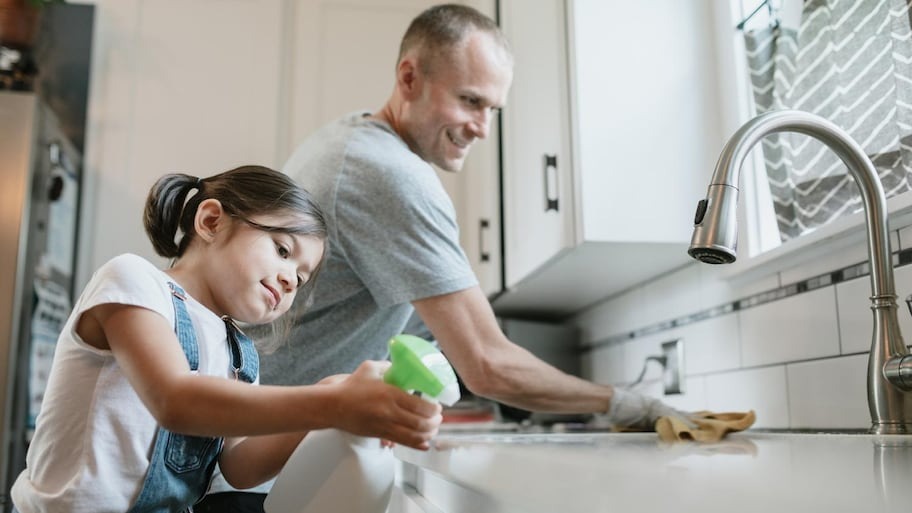Cleaning kitchen tools properly is an essential skill for any kitchen professional. The high heat and diverse cooking challenges of grilling often lead to stubborn residue. In this article, we will discuss how to clean a non-stick grill pan effectively and maintain the integrity of your cookware.
Grill pans are invaluable, especially in restaurants where space and equipment may be limited. However, if not cleaned properly, they can accumulate grime and lose their non-stick properties. Throughout this comprehensive guide, you will learn not only basic cleaning techniques but also tips to prolong the life of your non-stick grill pan.

Understanding Non-Stick Surfaces
Before diving into the cleaning process, it's vital to understand what makes non-stick pans special. Non-stick coatings, typically made from polytetrafluoroethylene (PTFE) or ceramic, allow for cooking with less oil and easy food release. However, these surfaces require tender, loving care.
Using metallic utensils or abrasive sponges can scratch and damage the non-stick coating. Therefore, choosing appropriate cleaning supplies is crucial. When handled and maintained correctly, a non-stick grill pan can last for years, allowing for perfect grilling without the stigma of tough clean-ups.
Essential Cleaning Tools
Gather the following tools before you begin the cleaning process:
- Soft sponge or cloth: This is key for avoiding scratches.
- Dish soap: A gentle dish soap will help cut through grease.
- Baking soda: An excellent natural abrasive for tougher stains.
- White vinegar: Great for removing stubborn residue.
- Plastic spatula: Useful for gently scraping food away.
:max_bytes(150000):strip_icc()/peo-grill-pans-test-le-creuset-signature-cast-iron-10-25in-square-skillet-wdickey-437-5d1441edee0f4d81ac44633340fdd20f.jpeg)
Step-by-Step Guide: How to Clean a Non-Stick Grill Pan
Follow these detailed steps to effectively clean your non-stick grill pan:
1. Allow the Pan to Cool
After cooking, do not rush to clean your hot grill pan. Let it cool down to room temperature to avoid warping and damage to the coating.
2. Soak the Pan
Once cooled, fill the pan with warm, soapy water. Let it soak for about 10-15 minutes. This will help release any stuck food particles.
3. Gently Scrub the Surface
Using a soft sponge or cloth, gently scrub the surface of the pan. Avoid abrasive materials like steel wool, as they can damage the non-stick surface. For stubborn residue, you can sprinkle a bit of baking soda on the affected areas before scrubbing.
4. Rinse and Dry
Once you've cleaned the pan, rinse it thoroughly with warm water to remove all soap and food particles. Dry it with a soft towel to avoid water spots and maintain the surface.
5. Apply Seasoning (Optional)
Some chefs recommend applying a thin layer of cooking oil to the non-stick surface after cleaning. This can help maintain the non-stick quality and prevent food from sticking in the future.
:max_bytes(150000):strip_icc()/faw-product-staub-enameled-cast-iron-grill-pan-9-grill-pans-rkilgore-1135-5a6b50ae8b2c44208e0b30df4f4c63e3.jpeg)
Common Mistakes to Avoid
Here are some common blunders that kitchen professionals should steer clear of:
- Using Metal Utensils: Always use plastic or wooden utensils on your non-stick grill pan.
- Cleaning with Harsh Chemicals: Avoid any cleaning agents that contain bleach or ammonia.
- Putting it in the Dishwasher: Most non-stick pans are hand-wash only, and a dishwasher can degrade them quickly.

When to Replace Your Non-Stick Grill Pan
If you notice significant scratches or peeling in your non-stick coating, it might be time to replace the pan. Cooking on a damaged non-stick surface can pose health risks and lead to uneven cooking.
Additional Resources
For more tips and tricks on pan maintenance, consider reading these posts:
FAQ
1. Can I use metal utensils on a non-stick grill pan?
No, metal utensils can scratch and damage the non-stick coating.
2. Is it safe to use baking soda on a non-stick surface?
Yes, baking soda can be used gently to tackle tough stains without harming the surface.
3. How often should I clean my grill pan?
It's best to clean it after every use to maintain its quality and performance.
As an Amazon Associate, I earn from qualifying purchases.






Leave a comment
This site is protected by hCaptcha and the hCaptcha Privacy Policy and Terms of Service apply.